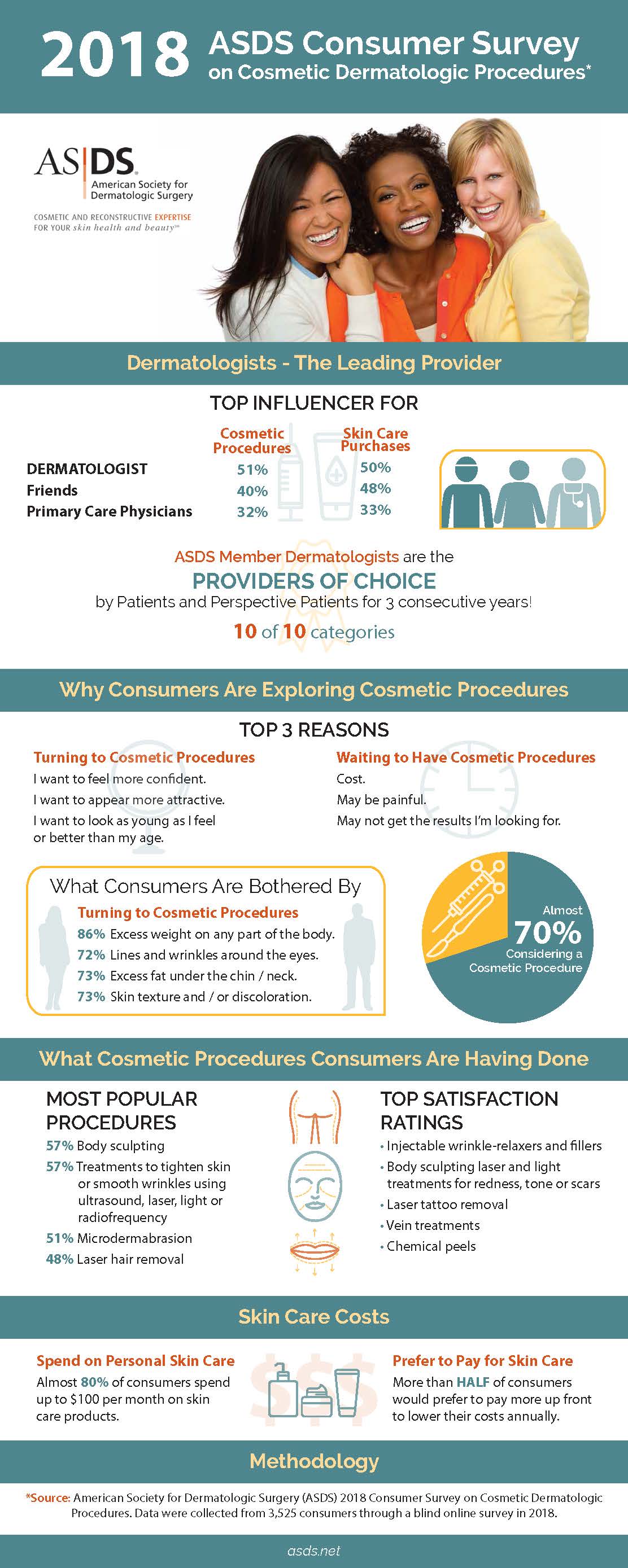How To Get Rid Of Cystic Acne
How To Get Rid Of Cystic Acne
Blog Article
Root causes of Acne on Cheeks
Acne outbreaks in the cheek area are triggered by lots of things, from touching your face often to not changing your pillow case typically enough. Picking at imperfections boosts your threat of infection and scarring, and specific drugs can get worse dark areas (postinflammatory hyperpigmentation).
Fortunately, there are many ways to prevent and treat cheek acne. These include:
1. Hormone Adjustments
Acne is largely brought on by hormonal agents, specifically those generated throughout the age of puberty and maternity. For some, a family history of acne might additionally add to their problem. Anything that clogs pores, such as oil-based skin care items or ceraceous hair items, can cause acne. Numerous topical therapies, like benzoyl peroxide and salicylic acid, can battle germs and unblock pores. Those with serious or chronic acne should look for therapy from their medical professional.
Prevent touching or pressing your acne, as this can push a few of the bacteria deeper into the skin, leading to an extra extreme outbreak. It is likewise essential to change pillowcases regularly and make use of tidy make-up brushes. You ought to likewise try to avoid toxic irritants such as rubbing from using a helmet or limited collar.
2. Diet regimen
The oily, sugary foods that many people think trigger acne might in fact refrain from doing so. As a matter of fact, studies have actually revealed that consuming a diet rich in entire, nutrient-dense foods assists to avoid breakouts.
Foods high in the glycemic index (such as white bread, corn flakes, blew rice and potatoes, doughnuts and various other pastries) raise blood sugar level degrees rapidly, and this can increase hormonal agents that improve oil production and lead to acne.
Consuming alcohol cow's milk has actually likewise been linked to raised acne outbreaks. If you are a routine cow's milk drinker, you could wish to try changing to low-fat or nondairy options that are fortified with calcium. In addition, consuming alcohol more water can help to lower acne since it helps to maintain the skin hydrated.
3. Excess Oil
While oil is necessary for healthy skin, it can become a trouble when excessive sebum mixes with dead skin cells and obstructs pores. This combination can create blackheads, whiteheads and acnes. The blocked pore wall can break down and spill microorganisms, dead skin cells and sebum into bordering skin. This leads to a red bump known as an acne. In some cases these red bumps have pus in the facility from a microbial infection. Larger contaminated bumps that appear like acne are called cysts.
There are many points that can cause excess sebum and clogged up pores, including hormonal agent changes, diet and day-to-day practices. Some instances include touching the face frequently, relaxing your hand on your cheek, using unclean makeup brushes and not transforming pillowcases regularly.
4. Anxiety
If you're dealing with pain pimples or a variety of blackheads and whiteheads, it may be time to talk with a skin specialist. They can advise an efficient treatment that fits your skin type. Practicing leisure and stress-reduction methods additionally helps.
Acne can take place in the cheeks because of rubbing and pressure, such as when an individual touches their face frequently or puts on a hat or sports helmet that massages against the skin. It can additionally appear where oily cosmetics and creams scrub versus the skin.
Prevent pressing acne, as this can push contaminated material deeper right into the skin and bring about scarring. Instead, see a medical professional to find out about preventative therapies like medicine, skin treatment products and way of life changes. Eating a healthy and sofwave near me balanced diet of entire foods, getting seven to 9 hours of sleep and utilizing noncomedogenic make-up and skincare items can all help reduce acne breakouts.
5. Hair Products
Hair items are not generally taken a cause of breakouts, yet they can contribute to acne on the cheeks in some individuals. Pomade acne, which is characterized by little shut comedones and papulopustules, is commonly triggered by making use of oily hair products that contain comedogenic active ingredients such as certain oils and acetylated lanolin.
Selecting hair items that don't consist of these possibly comedogenic ingredients is an essential action toward reducing outbreaks. Additionally, guaranteeing that hair items aren't can be found in contact with the skin can help avoid outbreaks. For example, using a headscarf or hood at night can limit hair-to-face call and lower the possibility that leave-in hair items will certainly abrade onto the face.
In addition to utilizing a non-comedogenic cream and cleaning with an acne face wash, other practical approaches include: